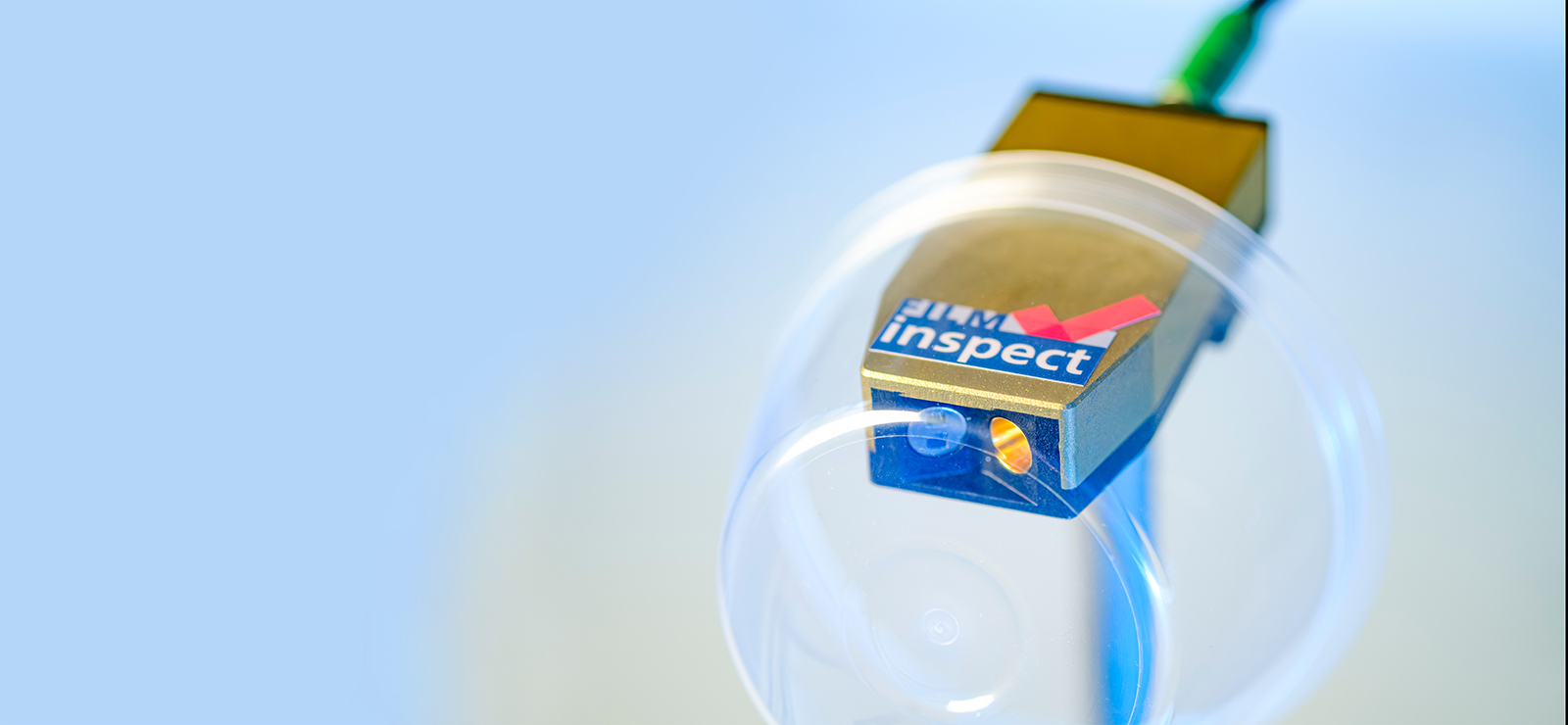The thickness of invisible nanocoatings and their chemical composition can be determined based on the infrared-optical measurement of the reflective properties of surfaces. This method takes advantage of the fact that medium and long-wave infrared light (in the ranges of approx. 3–15 µm) is able to excite atoms in their molecular or lattice bonds to vibrate. Depending on the material, the vibrations occur at a specific wavelength and allow for quantitative conclusions regarding layer thickness and material composition – even in transparent components.
Measuring specific reflective properties to adopt them for process control
Infrared spectroscopy is an established laboratory analysis method but mainly for economic reasons it has not yet made its way into the production environment. However, industrial use at moderate cost has recently become possible – in particular in plasma coating processes. Adjusted lighting and novel detectors have enabled the development of compact and robust sensor technology, which can detect specific reflective properties. The measurement data is collected at the rate of production and can be used for quality assurance, for example in barrier coatings, as well as for process control. Fraunhofer IPM has extensive know-how and experience with the optimum setup, calibration and integration of application-specific infrared reflectometry systems.
Analyzing fingerprint spectra
In addition, Fraunhofer IPM can perform measurements with various – including inline-capable – spectrometers for the analysis of so-called »fingerprint spectra«. During this process, specific chemical bonds are resonantly excited, resulting in a characteristic infrared spectrum. This allows the inspection of the molecular composition. This way, polymers and other substances can be identified or analyzed with regard to their material composition and quality.
SWIR camera imaging in the short-wave infrared range
Other than the eye or conventional cameras, SWIR cameras with InGaAs sensor are sensitive in the shortwave infrared range between 900 and 1700 nm (SWIR – shortwave infrared). They can therefore be used to examine workpieces and material compositions which do not show contrast for conventional cameras.
Furthermore, many non-transparent materials appear transparent to a SWIR camera. This infrared transparency can be utilized to make visible concealed elements, such as potted electronic circuitry. In addition, defects such as cracks or inclusions in the material can be detected.

